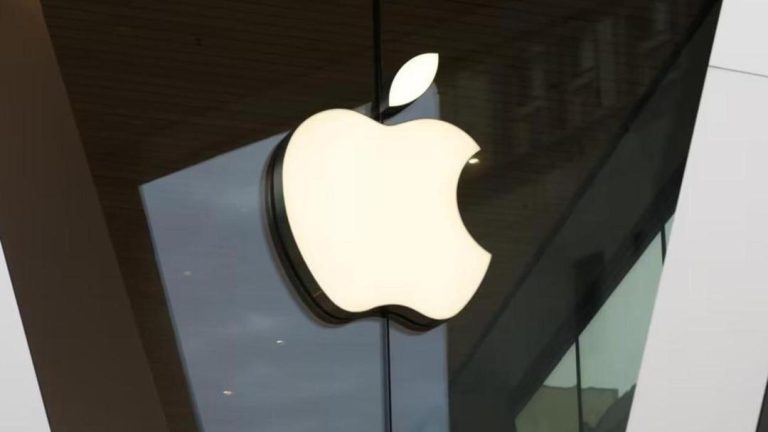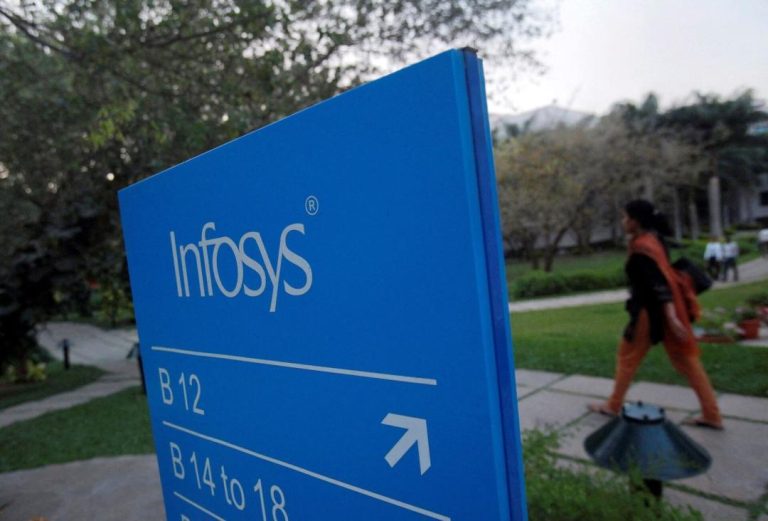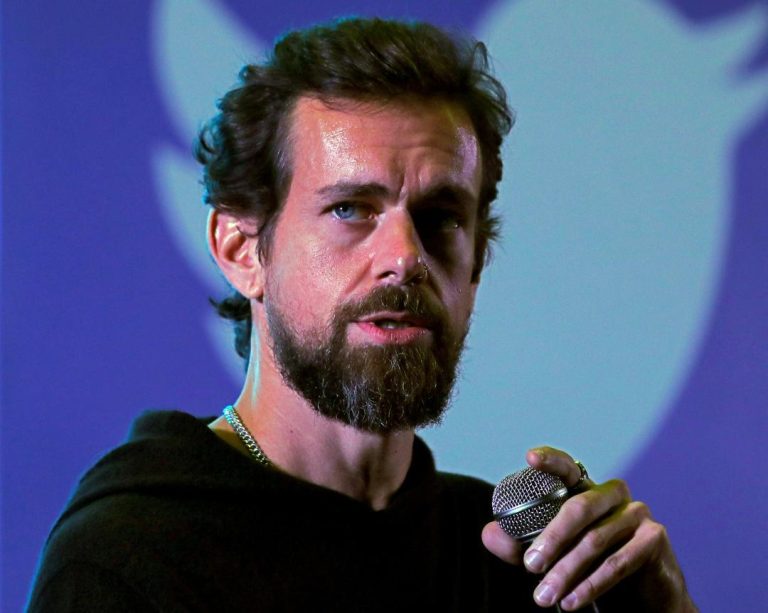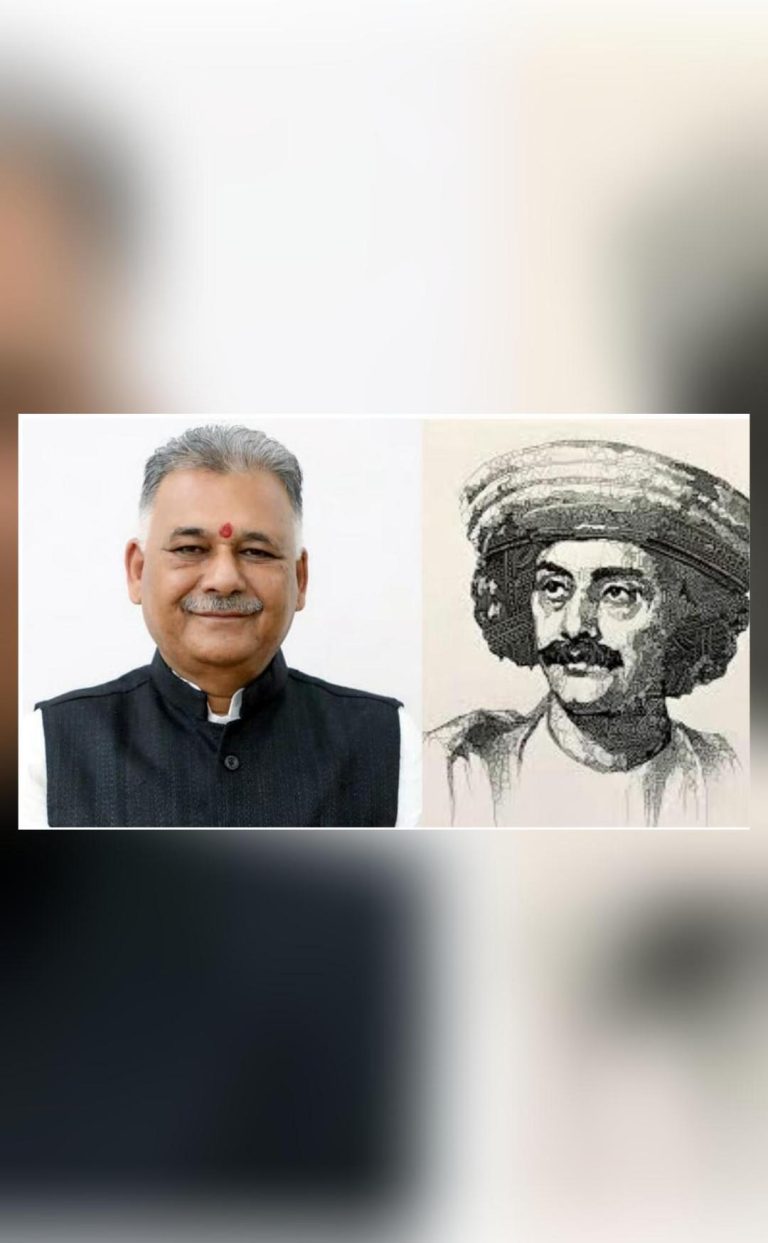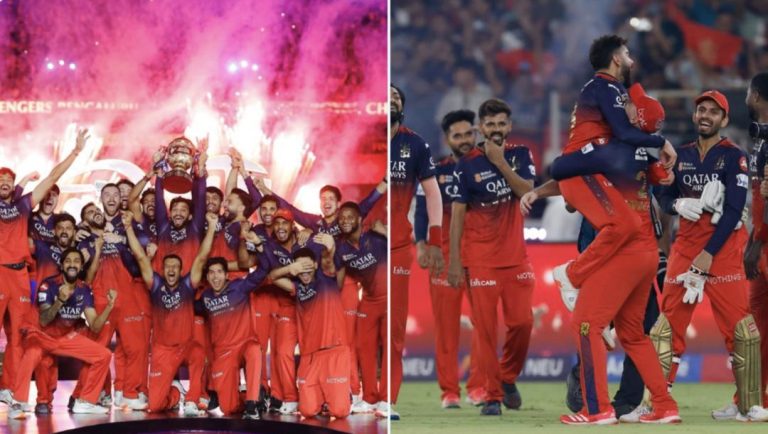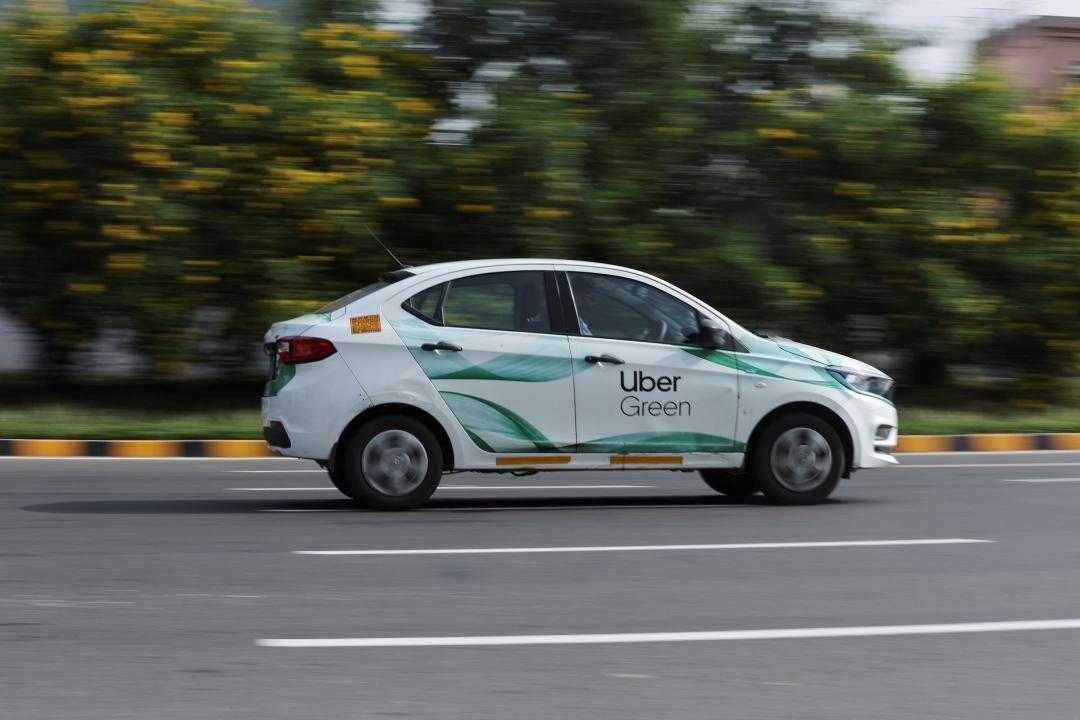
Why are Ola, Uber & Rapido drivers on indefinite strike in Mumbai?
Mumbai, India’s financial capital, is witnessing a wave of disruptions in the ride-hailing sector with Uber, Ola, and Rapido drivers going on an indefinite strike. The strike has led to longer wait times and fewer cabs on the road, causing inconvenience to commuters. But what are the reasons behind this strike? And what are the implications of this strike on the daily lives of Mumbaikars?
According to reports, the drivers are protesting against the low earnings they receive after deducting aggregator commissions and fuel expenses. They claim that their actual income falls to just ₹8-12 per kilometre, which is unsustainable amidst rising fuel and maintenance expenses.
The news of the strike was first reported by NDTV, which spoke to several drivers who expressed their frustration and disappointment with the current situation. “We are not asking for the moon. We just want a decent income. But the aggregator companies are not willing to listen to our demands,” said a driver who wished to remain anonymous.
The strike has been called by the Maharashtra Navnirman Sena (MNS), a regional political party, in support of the drivers. The party has accused the aggregator companies of exploiting the drivers and has demanded that they improve the earnings of the drivers.
But why are the drivers earning so little? The answer lies in the business model of these aggregator companies. They take a significant commission from each ride, which ranges between 20-25%. This commission is deducted from the driver’s earnings, leaving them with a meager sum. To make matters worse, the companies also deduct fuel expenses from the driver’s earnings, which can range between ₹50-₹100 per day.
The strike has had a significant impact on the daily lives of Mumbaikars. With fewer cabs on the road, commuters are facing longer wait times and are having to shell out more money to book a ride. The strike has also led to a surge in the demand for public transport, which is already overburdened.
But what are the implications of this strike on the daily lives of Mumbaikars? The strike has highlighted the vulnerability of the gig economy, where workers are not entitled to basic rights such as minimum wages, social security, and job security. The strike has also raised questions about the sustainability of the ride-hailing model, which relies heavily on the exploitation of drivers.
The strike has also brought to the fore the issue of income inequality in the city. The drivers are not asking for the moon, they are asking for a decent income that allows them to make ends meet. But the aggregator companies are not willing to listen to their demands, preferring to prioritize profits over people.
In conclusion, the strike by Ola, Uber, and Rapido drivers in Mumbai is a wake-up call for the ride-hailing industry. It is a reminder that the gig economy is not a sustainable model for workers, and that the rights of workers must be protected. The strike is also a reminder that the issue of income inequality is not just a problem of the past, but a present-day reality that needs to be addressed.
